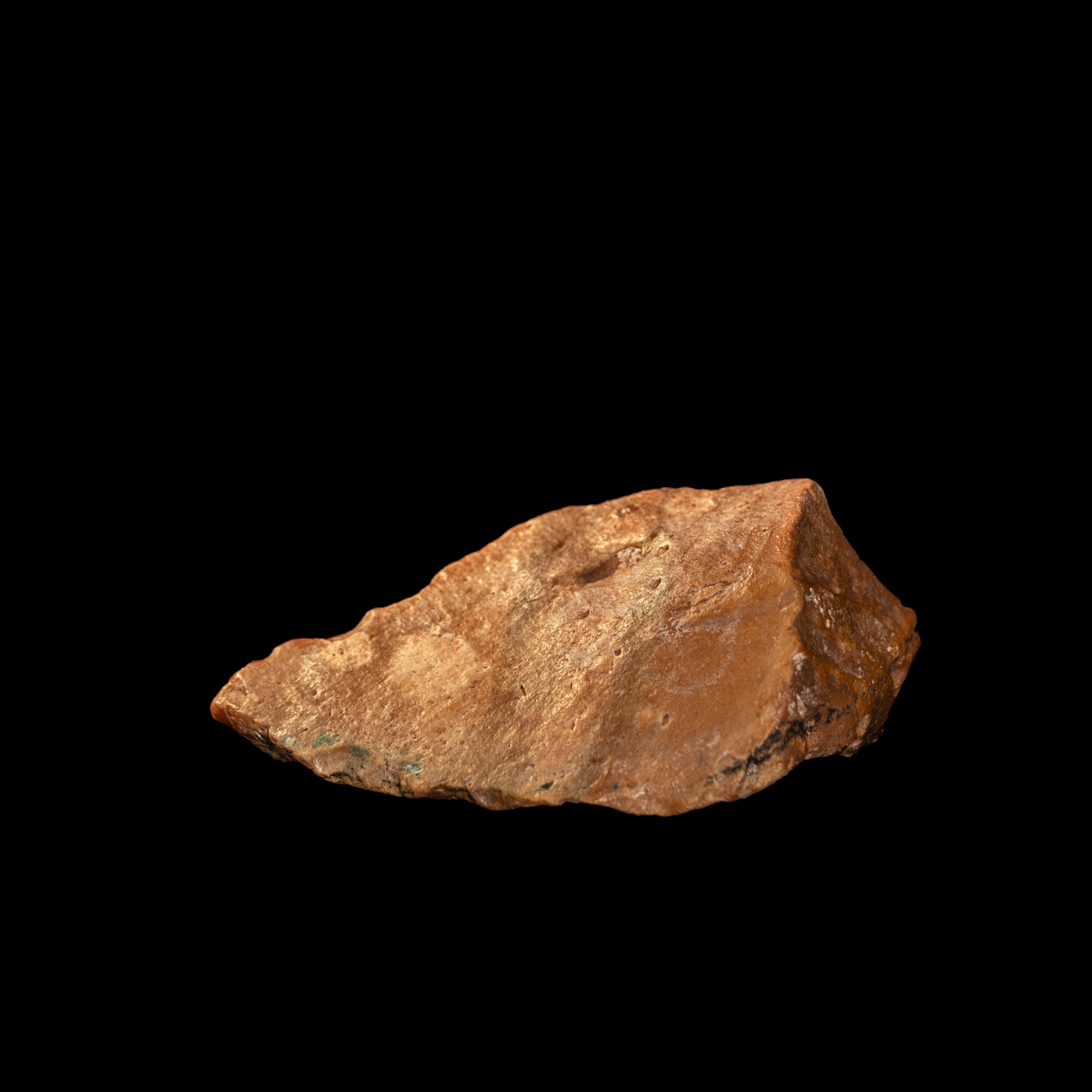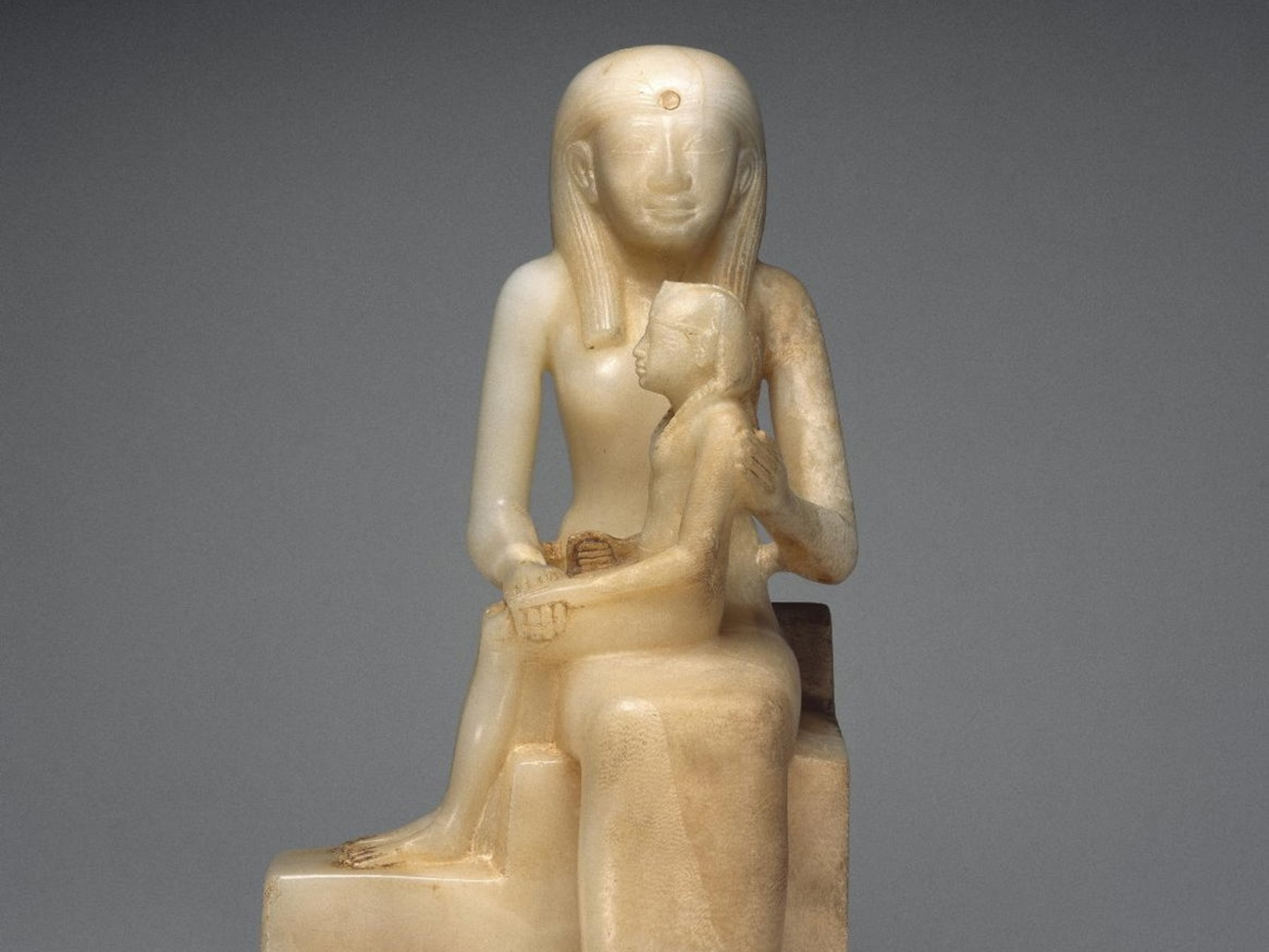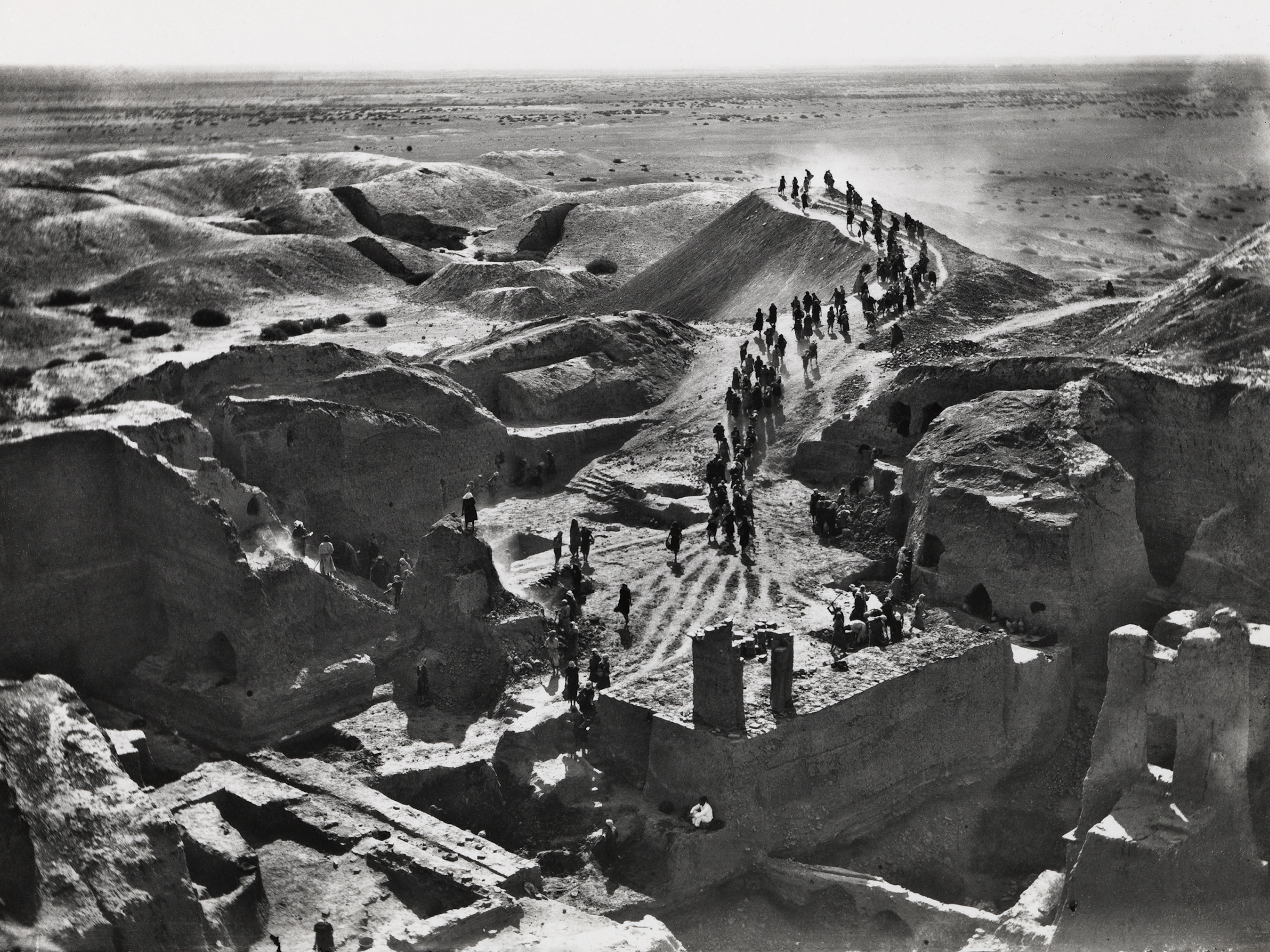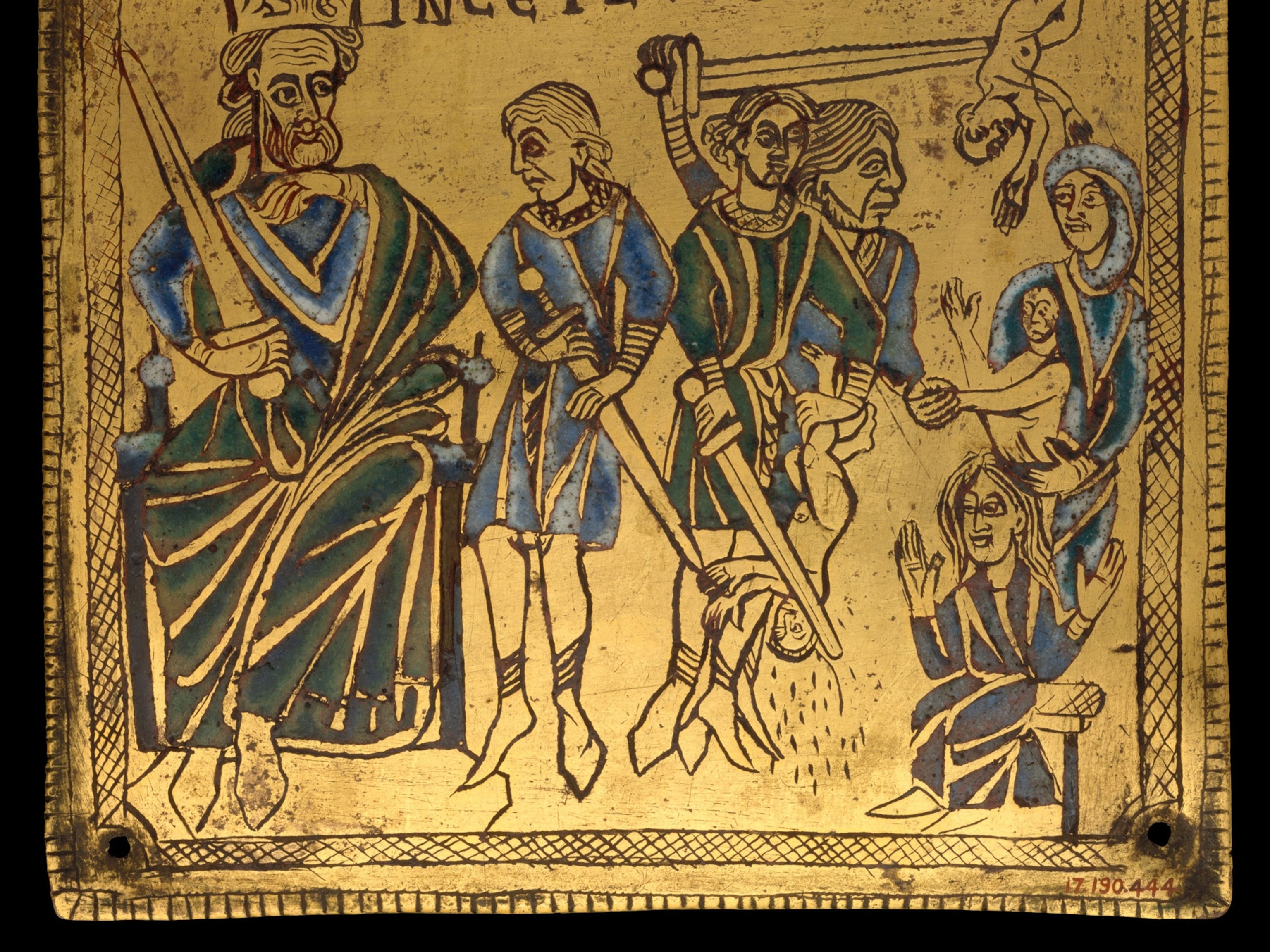
New Fossils Hint 'Hobbit' Humans Are Older Than Thought
Teeth and bones reveal a likely ancestor of the famous tiny humans found in Indonesia.
For the past decade, a fossil human relative about the size of a toddler has loomed large in the story of our evolutionary history. This mysterious creature—found on the Indonesian island of Flores—has sparked a heated debate about its origins, including questions over its classification as a unique species.
But now, a scattering of teeth and bone may at last unlock the mystery of the “hobbits,” also known as Homo floresiensis.
The 700,000-year-old human remains are the first found outside Liang Bua cave, the site on Flores that yielded the original hobbit fossils. The much older samples show intriguing similarities to H. floresiensis, including their small size, and so provide the best evidence yet of a potential hobbit ancestor.
“Since the hobbit was found, there have been two major hypotheses concerning its ancestry,” says Gerritt van den Bergh, an archaeologist at the University of Wollongong in Australia and a contributor to the work.
According to one theory, H. floresiensis is a dwarfed form of Homo erectus, an ancient human relative that lived in East Asia and parts of Africa until about 143,000 years ago. But other researchers think the hobbits evolved from even earlier, smaller-bodied hominins such as Homo habilis or Australopithecus.
“These new findings suggest that Homo floresiensis is indeed a dwarfed form of Homo erectus from Java, a small group of which must have gotten marooned on Flores and evolved in isolation,” van den Bergh says.
The fossils also dispel any lingering theories that the hobbits were a form of diseased Homo sapiens, with smaller heads and statures due to developmental conditions such as Down syndrome or microcephaly, the birth defect linked to the modern Zika outbreak.
Second Site
Archaeologists found the first hobbit fossils while excavating Liang Bua cave in 2003. The ancient human relative stood about 3.5 feet (1.1 meters) tall and weighed around 75 pounds (35 kilograms)—and yet it was a full-grown adult.
Further work at Liang Bua cave revealed that the hobbits made stone tools and may have had similarly handy neighbors on the island of Sulawesi. But without any additional remains, their evolutionary history has been shrouded in mystery.
The latest excavation site, called Mata Menge, is located in the So’a Basin of central Flores, approximately 46 miles (74 kilometers) southeast of Liang Bua.
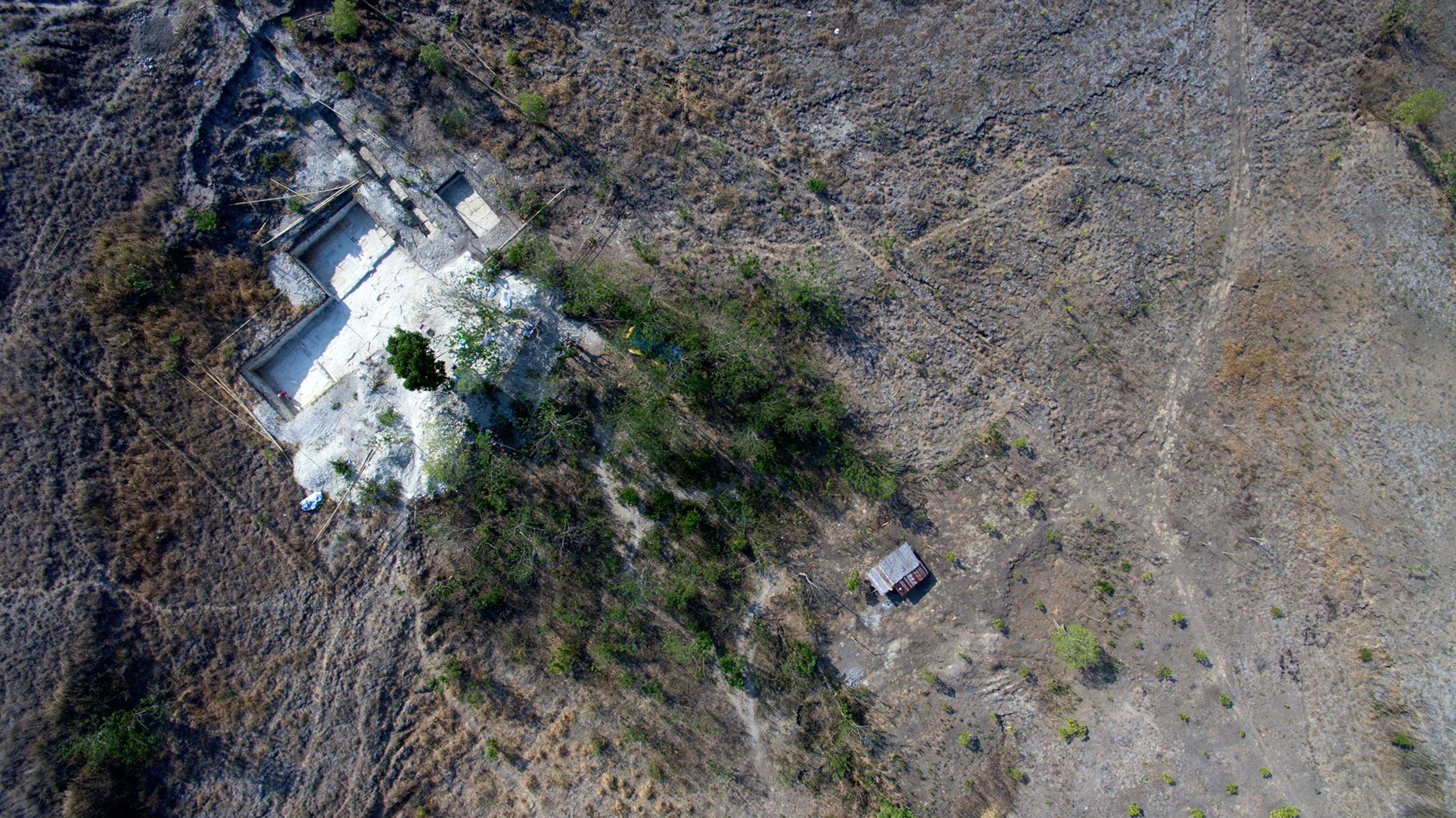
Since 2010, the team has found thousands of stone tools as well as the fossils of small elephants, giant rats, komodo dragons, and crocodiles. When they expanded their excavation in 2014, the team at last unearthed hominin skeletal remains, including a jaw fragment, six teeth, and a small piece of cranial bone.
“Initially, we thought we were dealing with a juvenile mandible, because it was so tiny—even smaller than the Homo floresiensis mandibles,” says van den Bergh. “But after a CT scan, we were surprised to see that the root cavity was fully developed, indicating that it was an adult specimen.”
Shocking Age
While four of the teeth came from the same adult as the jaw fragment, a closer inspection revealed that the remaining two were “milk teeth,” each belonging to a separate infant. The team then used statistical techniques to compare the jaw and teeth bones with corresponding fossils in other species such as H. habilis, H. erectus, and the original H. floresiensis.
Their analysis, published today in Nature, indicates that the Mata Menge fossils most closely resemble H. erectus, though they are considerably smaller in size, and they have many common structural features with H. floresiensis.
“The fossils are very similar, but the Mata Menge fossils are slightly more primitive compared to H. floresiensis from Liang Bua,” writes Yousuke Kaifu, an archaeologist at the National Museum of Nature and Science in Tokyo, Japan, and lead author of the study.
To determine the age of the fossils, another research team took samples of the surrounding sediment layers and used a highly precise dating technique called argon-argon dating, which measures the decay of radioactive argon over time. They also isolated a tooth fragment and used a combination of dating methods based on the decay of uranium.
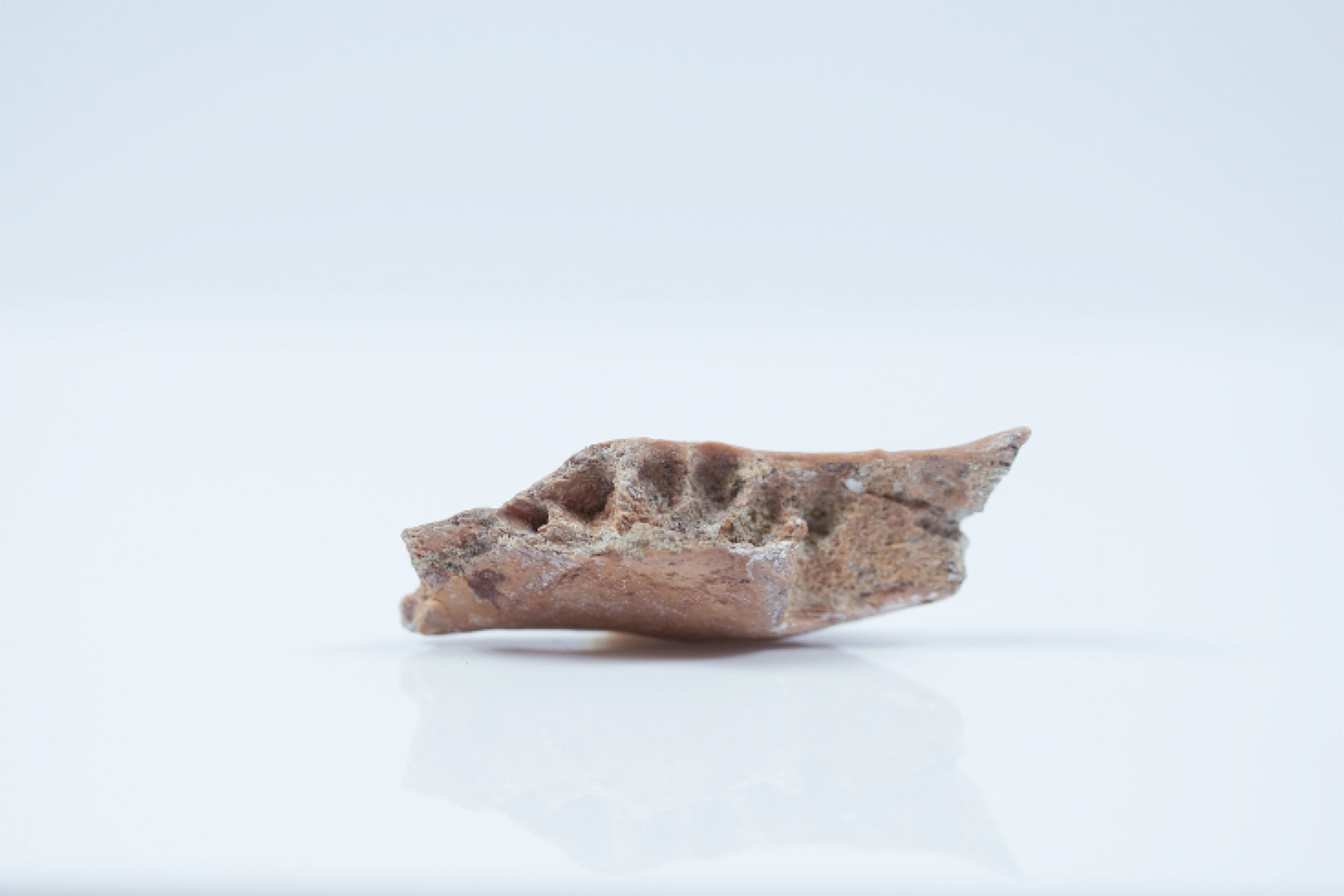
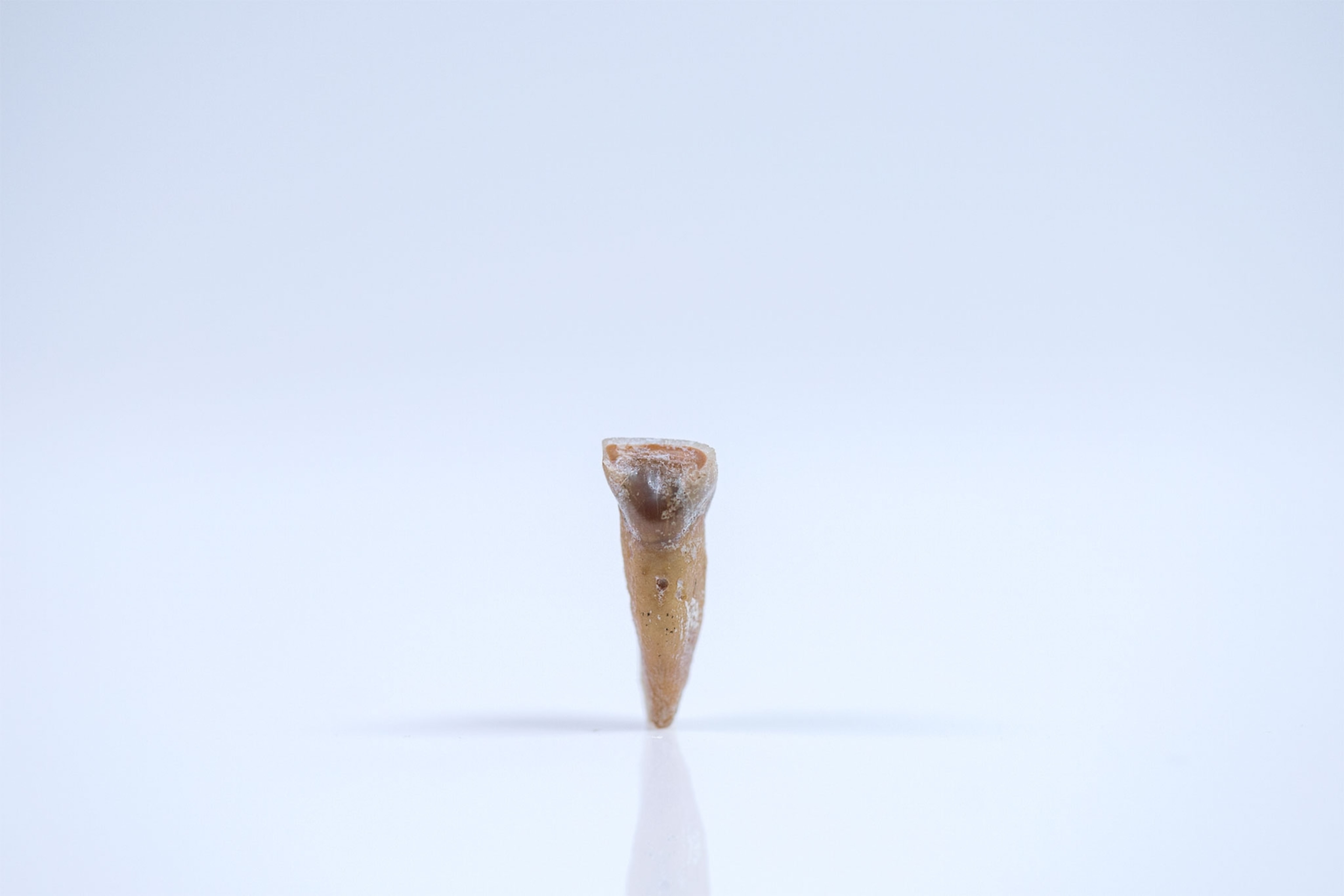
Their results, also published today in Nature, show that these fossils are about 700,000 years old—making them the oldest hominins to be found on the island.
“I kind of expected this, but was shocked when I first saw the fossils and realized the fact that such small people were around as early as 700,000 years ago, when large-bodied Homo erectus were around on the continental parts of Asia,” writes Kaifu.
Ancestral Bones
Although the archaeologists can’t yet be certain that the older hominin remains belong to the same species as H. floresiensis, the analysis suggests that the Mata Menge dwellers are the hobbits’ likely ancestors. This categorization is further supported by the stone tools from Mata Menge, which bear a striking resemblance to those found at the Liang Bua site.
The authors note that other stone tools have been found on Flores dating back as early as one million years ago, around the same time H. erectus was living on nearby Java.
Combining all the evidence, a chronology begins to unfold in which H. erectus settled on Flores and then shrank to the hobbit size seen at Mata Menge and Liang Bua.
“I think that they’ve provided very good evidence for why it has some characteristics that are suggestive of Homo floresiensis, and that Homo erectus was the likely ancestor coming from Southeast Asia,” says Rick Potts, director of the Smithsonian Institution’s Human Origins Program at the National Museum of Natural History.
Some skeptics may contend that 300,000 years is an unreasonably small window for Homo erectus to reduce itself to hobbit size.
But while there’s no other indication of such rapid changes in our hominin ancestors, Potts says there are recorded case studies of other mammals that have become small quickly in response to limited resources or a lack of predation on an island—a process known as island dwarfing. For example, the red deer on the island of Jersey shrank to one-sixth of its original size over just 6,000 years.
As the team continues to excavate Mata Menge, they hope to find more skeletal remains that could provide a more robust description of these human relatives, as well as older fossils that might help connect the developmental dots and form a coherent time line for this strange branch on our evolutionary tree.
“I think of Flores as being its own little laboratory of human evolution that will ultimately allow us to understand how the body evolved in response to environmental stresses,” says Potts. “It may take years to develop, but I think it’s a tremendous opportunity.”
Follow Adam Hoffman on Twitter.

